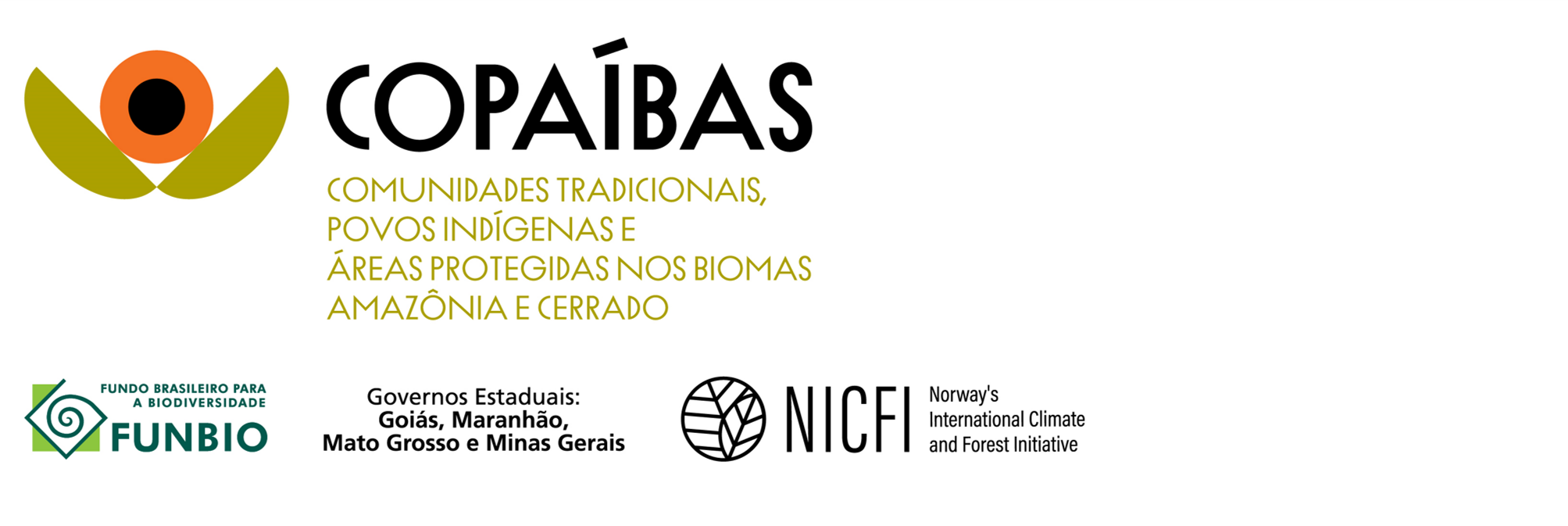COPAÍBAS Program – Community, Protected Areas, and Indigenous Peoples Project in the Brazilian Amazon and Cerrado Savannah, established in 2020 by FUNBIO and the Norwegian Ministry for Foreign Affairs, was designed with a 6-year mission to reduce deforestation and the resulting greenhouse gas emissions through strategies that contribute towards the conservation of forests and other native vegetation in the Amazon and Cerrado.
The program’s division into four components is part of this strategy. The first of these was created to strengthen state Protected Areas (PAs) throughout the Cerrado, consolidating 20 such units, honing their management capacity, promoting their public usage, and supporting the implementation of integrated fire-management initiatives.
The second component aims to buttress activities relating to territorial and environmental management in indigenous territories in the Amazon and Cerrado. Toward this end, project calls will be launched— tailored with the participation of indigenous organizations and leaders—to lend support to actions that further the development and implementation of Territorial and Environmental Management Plans (PGTAs, in the Portuguese acronym) in order to foster the leadership, autonomy and self-determination of indigenous peoples in processes of territorial control, environmental protection and the sustainable use of natural resources.
The third component focuses on a communication drive to spread awareness about the relevance of such themes as curbing climate change and the importance of biodiversity conservation, stressing how quality of life and the survival of our species are directly related to the uninterrupted provision of “essential services”—cleaner air being a prime example. Allied with that is the importance of promoting the public use of Protected Areas and sociobiodiversity produce, such as brazil nut and copaíba oil, which also help maintain the native land cover. The idea is always to encourage dialogue and exchange that can boost society’s engagement with biodiversity conservation and its connection with climate change.
The fourth and final component concerns strategically strengthening biodiversity value chains and local production arrangements in the Amazon and Cerrado. In a word, the bioeconomy. The planned actions are: infrastructure improvements, incentives for the use of alternative technologies for the sustainability of natural resources, opening or consolidation of grocery stores and markets, and increased production capacity for sociobiodiversity goods and services, with Brazil nut, vegetable oils, açaí, cocoa, honey and regional fruits as possible candidates.
Analyses like that conducted by Instituto Escolhas in 2020 put the value of the bioeconomy in Amazonas state at R$3.1 billion per year, and calculate that, with increased investment, this could reach R$10 billion in 10 years, generating 60 thousand new jobs.
StatusIn Progress |
BiomeAmazon, Cerrado |



